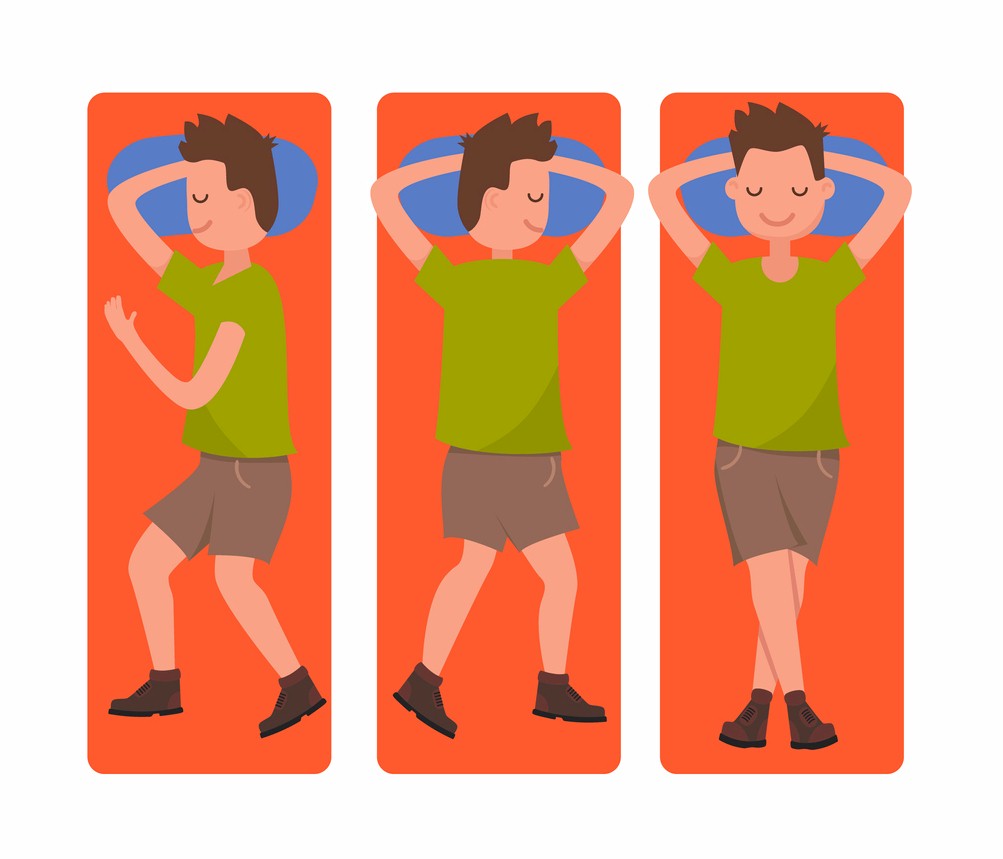Pillow Talk - Ergonomics of Sleep
Written by: Alex Salvadori, AE, Ergonomic Consultant
Everyone knows that sleep is important. We have all found out the hard way that a poor sleep can negatively affect traits such as attention, concentration, memory and decision-making. Various studies have shown links between chronic sleep deprivation and a variety of mental health disorders such as depression, anxiety and bipolar disorders, to name a few. The psychological effects of poor sleep are often obvious, however these psychological effects can affect our physical health as well. Sleep deprivation results in fatigue and decreases our strength levels, increasing the risk of a physical incident occurring, in the workplace or otherwise.
Most research states that adults require 7-9 hours of sleep per night, however the AMOUNT of sleep that you get is only half of the story. The QUALITY of sleep is the key to ensure negative physical effects are not developed. I’m sure we have all woken up after a long sleep with unbearable back or neck pain, and thought, “I got my 8 hours, so what’s the problem?” The pain you experience is likely due to your sleeping posture.
Humans spend approximately one third of their life sleeping. Once you wrap your head around that, “sleep ergonomics” is clearly just as important as how you stand or sit. This term refers to sleeping positions, or postures, and being aware of this concept can improve your overall sleep, decrease chronic back and/or neck pain levels and improves overall feelings of energy throughout the day.
Similar to seated and standing postures, pressure is absorbed through your spine while sleeping, making it important to ensure your mattress and pillows are supporting your spine’s natural curvature. This allows pressure to be dispersed throughout your whole body rather than individual parts of your spine for extended periods of time. Depending on your preferred sleeping position, mattress and pillow use can differ. People of different sizes may require different levels of mattress support/firmness to adequately support their body, however pillow use can easily be altered to accommodate your preferred sleeping position. Using the wrong pillow can increase neck and/or shoulder problems, so here are some quick tips for different types of sleepers:

Back Sleepers
Ensure that your pillow fills the space between your neck and the bed, supporting your neck’s natural curvature. Not enough support results in your head falling back into excessive extension, and too much support results in excessive flexion.
Side Sleepers
Ensure that your pillow fills the space between the side of your head and the bed, to keep your head upright and aligned with the rest of your spine. Typically, side sleepers require more support (larger pillows) than back sleepers.
Stomach Sleepers
Most research cautions against this, mainly because its just not done right. If you are a stomach sleeper, it is ideal to sleep with a small (thin) pillow, or no pillow at all, to avoid excessive neck extension. Again, the key is ensuring alignment of your spine and support of its natural curves from top to bottom.
No matter your sleeping position, improper head, neck and shoulder support can result in compression of surrounding nerves, muscles and other structures causing feelings of pain and tightness. Ensuring your body is adequately supported during inevitably prolonged, static postures while sleeping is key to improving your overall quality of sleep.
Contact Us Back to Articles